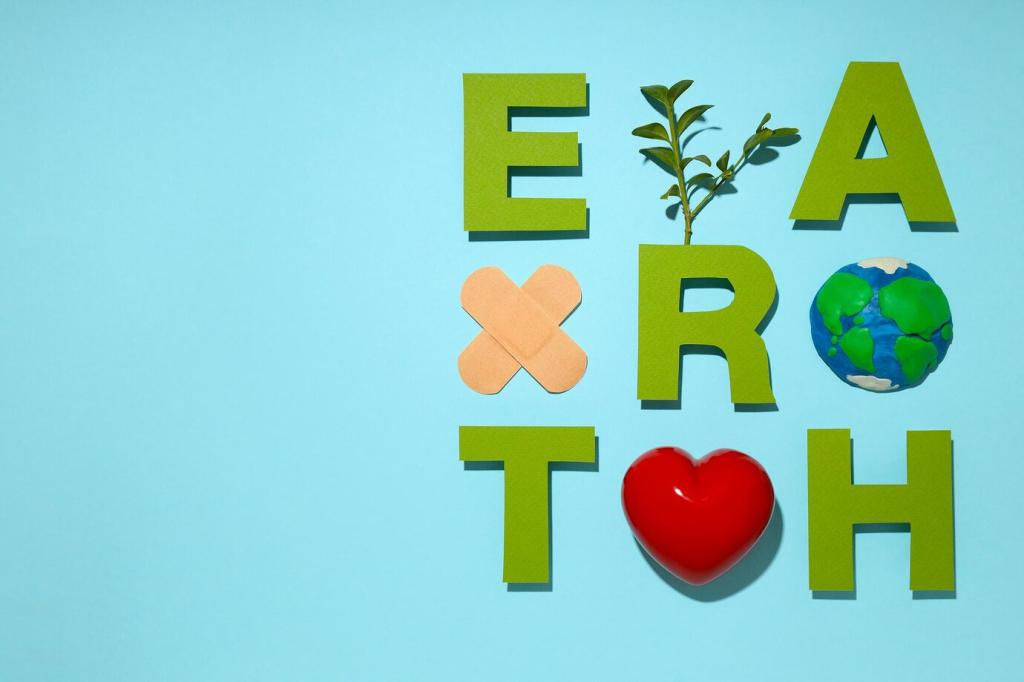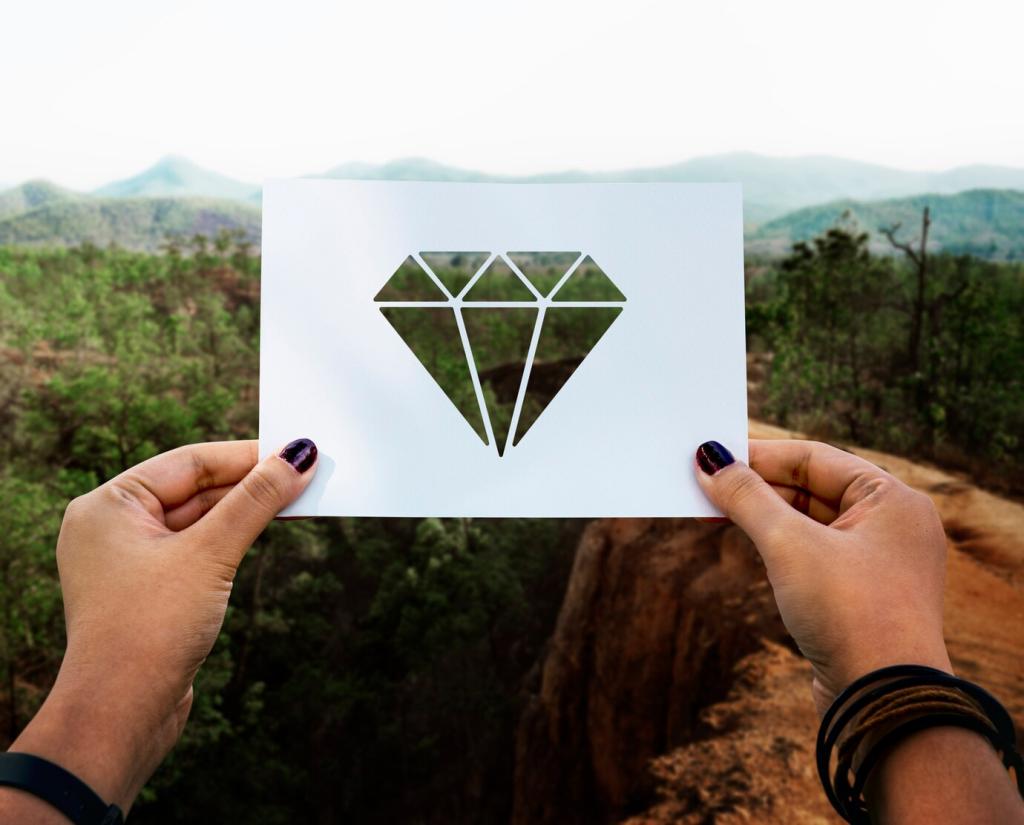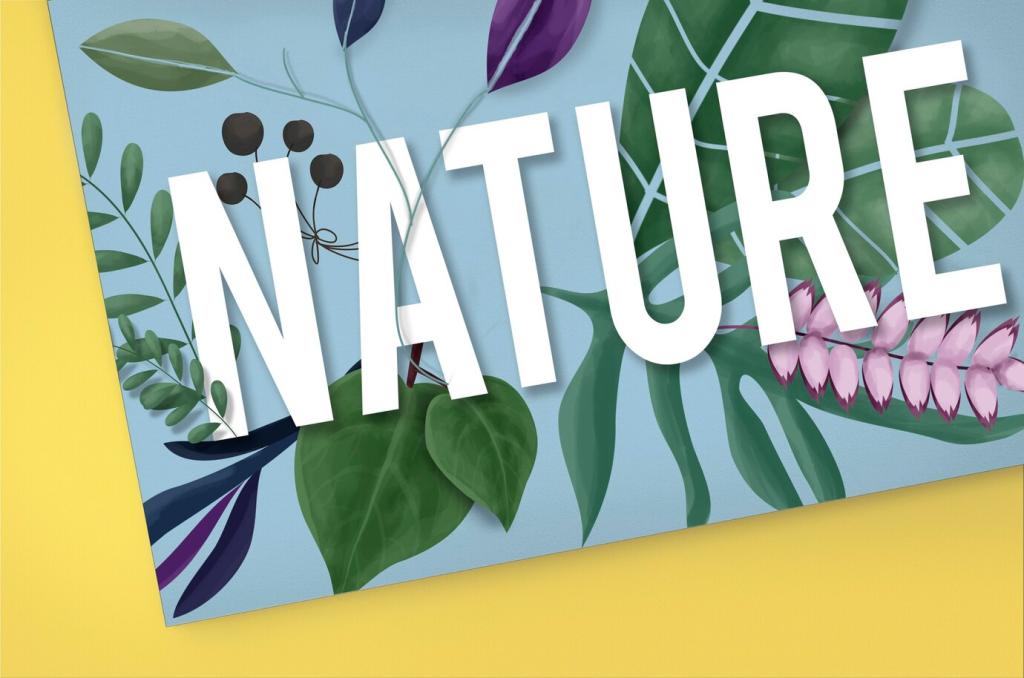Key Milestones in the Evolution of Green Packaging Design
The evolution of green packaging design represents a fascinating journey marked by innovation, shifting consumer values, regulatory pressures, and advances in technology. Throughout history, packaging has transformed from simple utilitarian wrappings to highly sophisticated, sustainable solutions that prioritize environmental responsibility. Understanding the pivotal milestones in this development offers insight into how the packaging industry has continuously adapted to meet ecological demands while still fulfilling its core purpose—protecting and presenting products. This overview highlights major turning points and illustrates how design philosophy, materials, and production methods have changed over the decades in response to the growing sustainability movement.

Rise of Mass Production and Increased Waste
Emergence of Environmental Concerns in the 1960s and 1970s

Early Industry and Regulatory Responses
Innovations in Materials and Biodegradable Solutions

The Digital Age and Consumer-Driven Demand for Green Packaging

